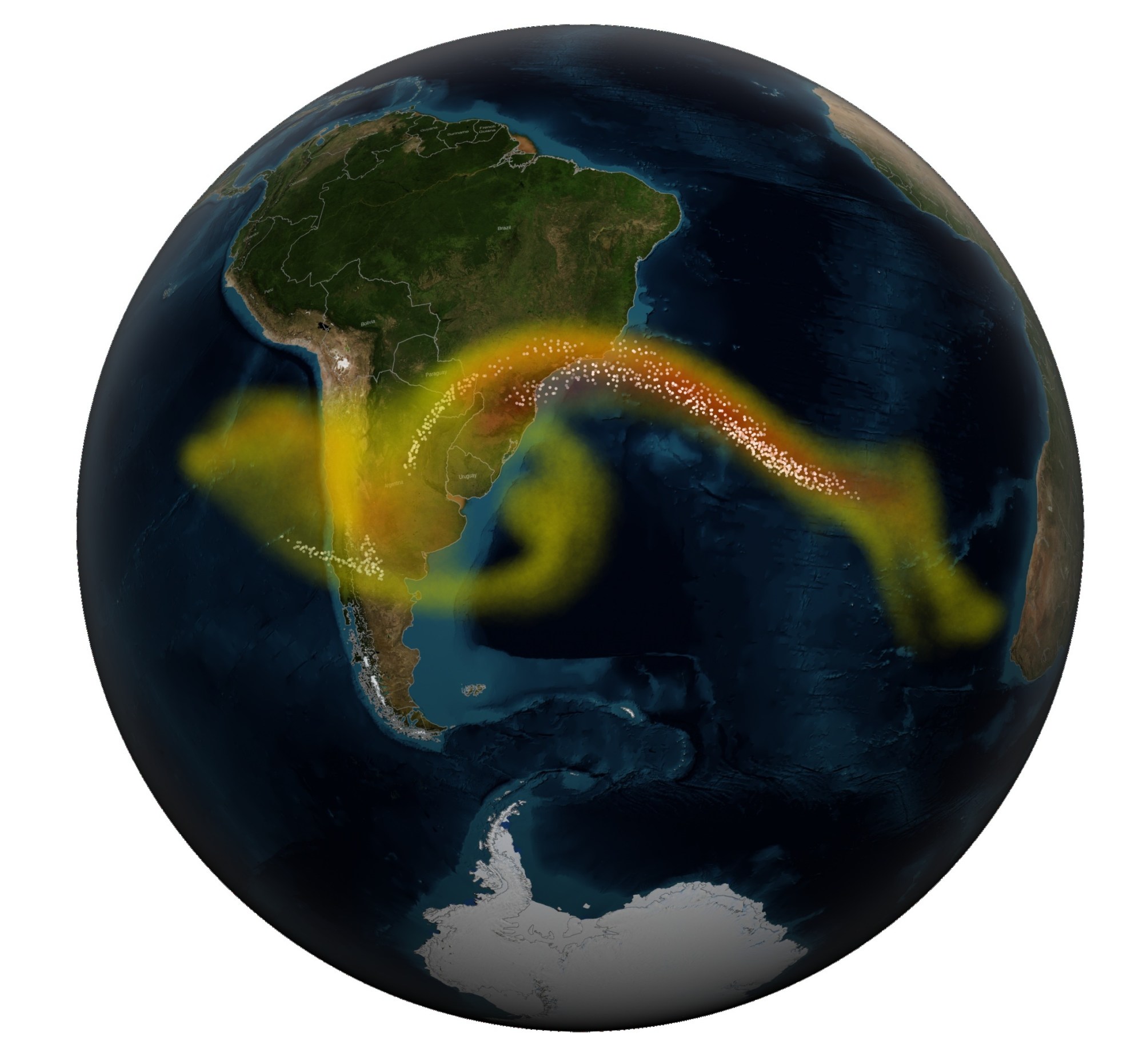
Trees may be able to help us predict volcanic eruptions
“Tracking the effects of volcanic carbon dioxide on trees will not be a silver bullet. But it will be something that could change the game.”
Scientists can predict some volcanic eruptions, but it isn't an exact science.
Sometimes, eruptions can occur with little warning, threatening the safety of those nearby.
It's a big problem: According to NASA, volcanic hazards affect roughly 10 per cent of the world's population.
We saw evidence of an unpredicted event earlier this week, when tourists were sent scrambling when Mt. Etna, one of the world's most active volcanoes situated in Sicily, Italy, sent an unexpected plume of ash and smoke into the air.
Thankfully, there were no injuries.
New research may improve earthquake prediction
Eruptions can't be prevented, so scientists have focused on improving early detection technologies.
New work being done by NASA and the Smithsonian Institution builds upon the existing knowledge that changes in tree leaves can signify a volcanic eruption.
Magma releases carbon dioxide, sulphur dioxide, and other gases as it ascends. Nearby trees absorb the carbon dioxide and become greener and more lush in response.
According to the new research, these changes are detectable from space.
The greener foliage can be read by NASA satellites like Landsat 8, as well as airborne instruments from the Airborne Validation Unified Experiment: Land to Ocean (AVUELO).
There are roughly 1350 active volcanoes in the world, many of them in remote or hard-to-navigate terrain.
Volcanic carbon dioxide is difficult to detect remotely. Scientists often have to travel to volcanoes to take direct measurements, which is a difficult and sometimes hazardous assignment.
By observing how trees react to volcanic emissions, researchers aim to use vegetation as a proxy for carbon dioxide levels.
“The whole idea is to find something that we could measure instead of carbon dioxide directly to give us a proxy to detect changes in volcano emissions,” volcanologist Robert Bogue of McGill University says in a statement.
Sensing volcanic emissions on the ground has worked in the past. In 2017, CO₂ and SO₂ detecting devices on the Mayon volcano monitoring network in the Philippines helped identify early signs of an eruption, leading to the evacuation of 56,000 people before a major eruption on January 23, 2018. Thanks to these efforts, there were no casualties.
It's hoped that monitoring tree changes could work alongside existing technologies like this, and possibly predict volcanoes even sooner.

Chaitén Volcano in southern Chile erupted on May 2, 2008 for the first time in 9,000 years. NASA satellites that monitor changes in vegetation near volcanoes could aid in earlier eruption warnings. (Jeff Schmaltz, MODIS Rapid Response Team, NASA Goddard Space Flight Center. Caption: NASA)
Study limitations
Tree changes can't always predict volcanic eruptions. In some places, there simply isn't enough vegetation to register on satellites, and in others, trees may not respond as predicted to carbon monoxide.
Environmental factors, including wildfires and certain weather conditions, can impact the data.
“There’s not one signal from volcanoes that’s a silver bullet,” volcanologist Florian Schwandner, chief of the Earth Science Division at NASA’s Ames Research Center in California’s Silicon Valley, says in a statement.
“Tracking the effects of volcanic carbon dioxide on trees will not be a silver bullet. But it will be something that could change the game.”
Header image: File photo from Canva Pro.
